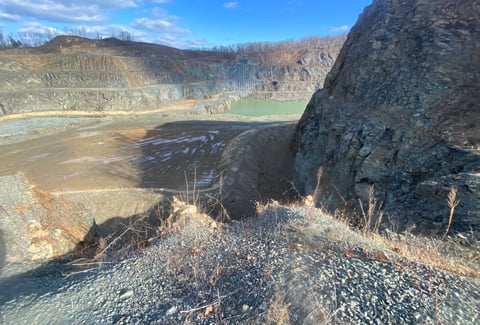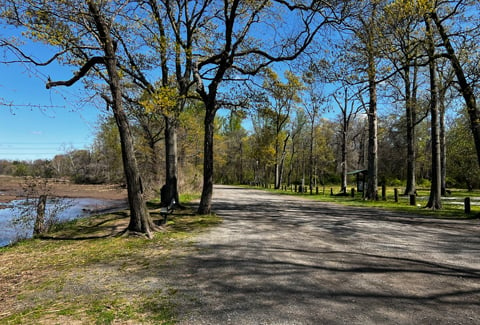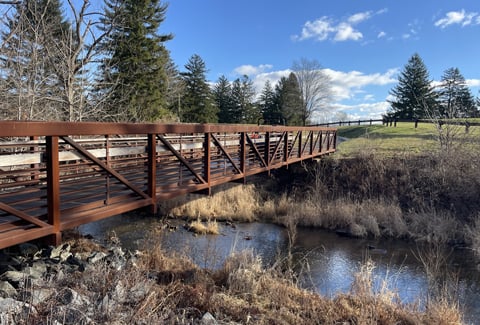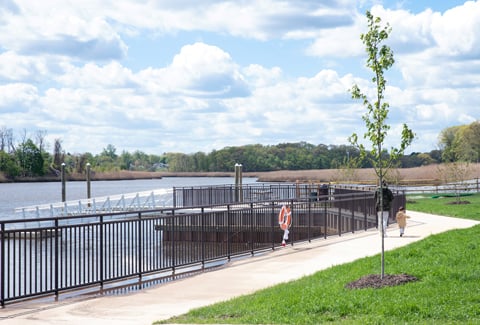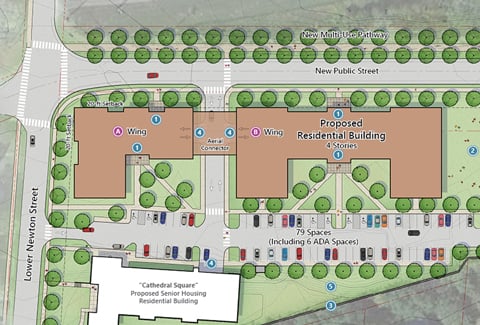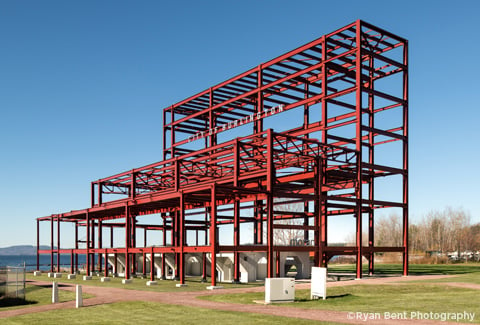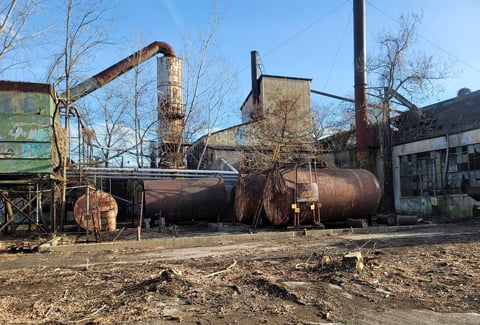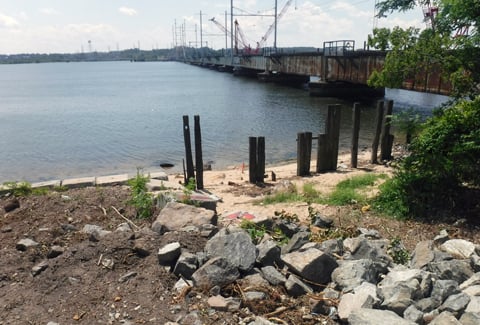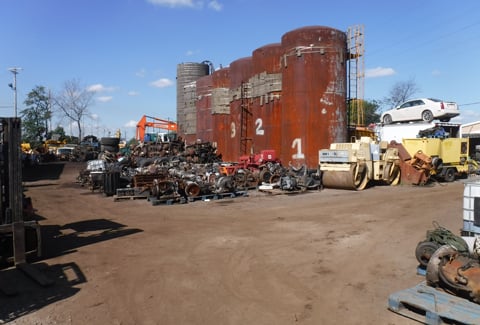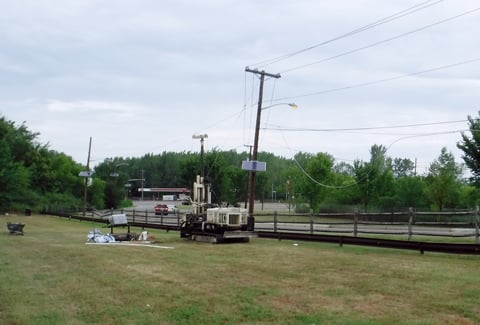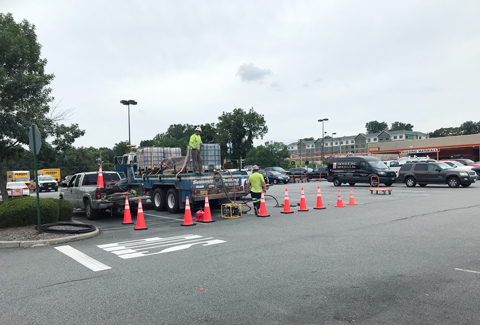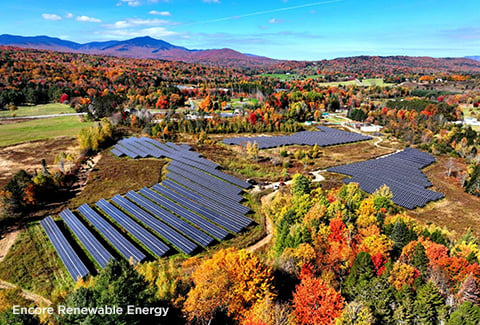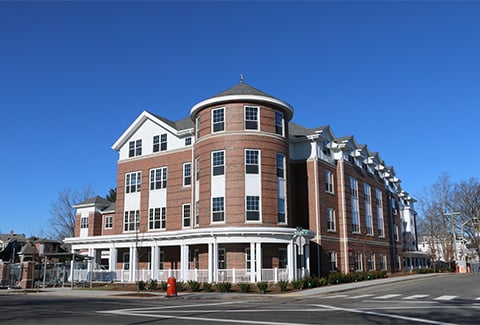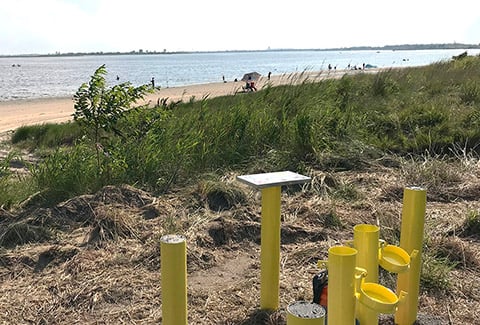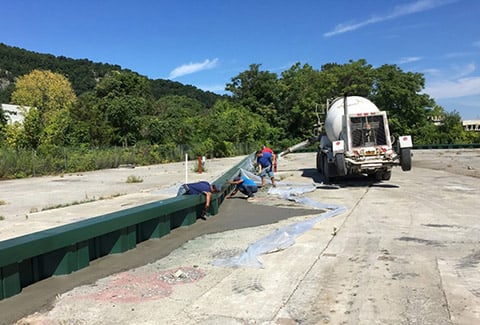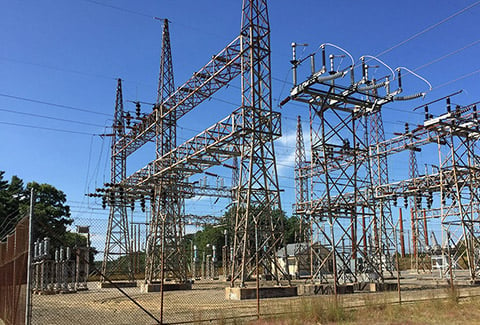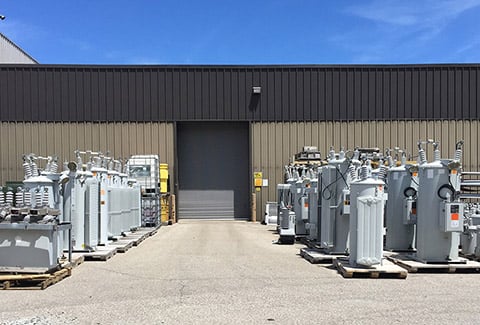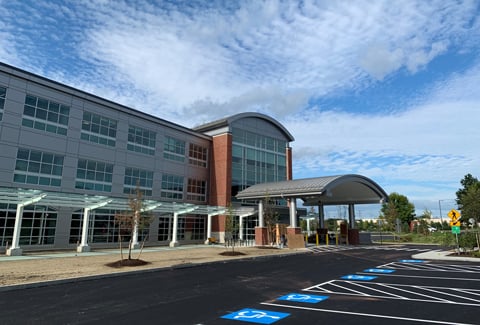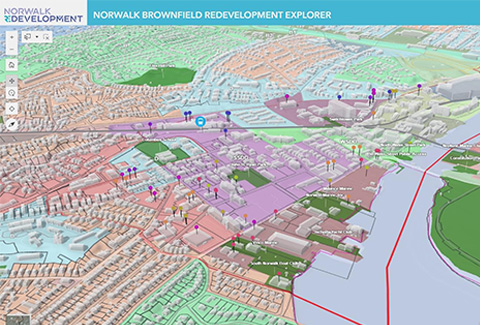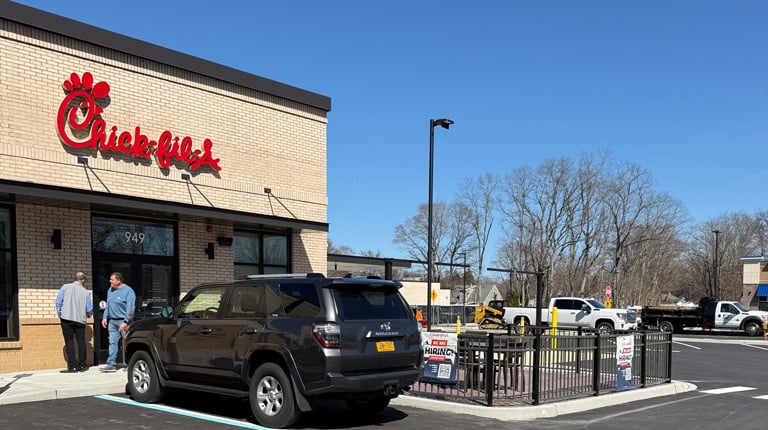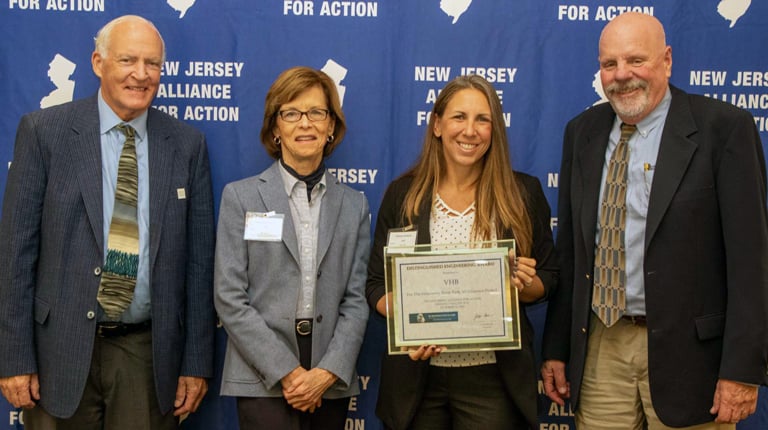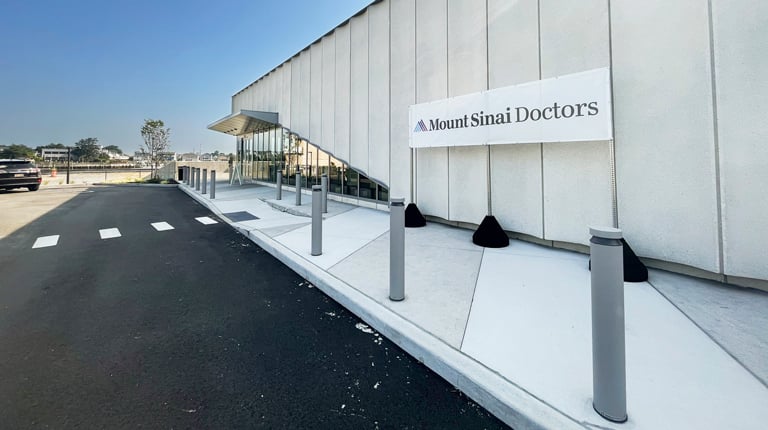VHB partners with clients to address environmental concerns at legacy, active, and inactive facilities. We rapidly characterize simple and complex contaminated sites and convert environmental data into a conceptual model and comprehensive approach that will move the site through the regulatory process to closure.
Site Characterization and Investigation
Related Services
-
Adaptive Characterization of Complex Sites, Including Fractured Bedrock
-
Contaminated Sediments Assessment & Remediation
-
DNAPL Site Investigation & Remediation
-
Ecological Assessments & Habitat Restoration
-
Groundwater/Surface Water Interaction Evaluation
-
PFAS Site Investigation & Fate & Transport Evaluation
-
Pre-Construction Soil Characterization & Management Plans
-
Vapor Intrusion Evaluation & Community-Scale Vapor Mitigation
Featured Services
-

Site Data Conceptualization/Conceptual Site Models
VHB uses conceptual site models to facilitate the recognition of issues and conditions present at a site. Sharing this with clients, regulators and stakeholders promotes a common understanding of the drivers that lead to the best solution and enhances the likelihood of a successful project.
-

Contaminant Fate & Transport
By combining the conceptual site model with knowledge of physical site characteristics, contaminant data, and hydrogeologic conditions, VHB can define likely contaminant migration pathways, rates of transport, and geochemical transformations, as well as the potential for future impacts to design-focused remediations.
-

Soil Vapor/Indoor Air Investigations
VHB has designed, performed, and interpreted data from soil/sub-slab vapor and indoor air investigations in nearly a dozen regulatory jurisdictions. We utilize site-specific and structure-specific vapor sampling methods to efficiently quantify and interpret potential vapor intrusion risks to human receptors at impacted sites.
-

Sediment & Surface Water Characterization
Contaminated sediments in rivers, lakes, and harbors pose significant clean-up challenges. VHB’s skilled team uses innovative field techniques and site-specific approaches to assess sediment problems and create cost-effective solutions that meet the objectives of the National Research Council’s risk management strategy for contaminated sediments.







